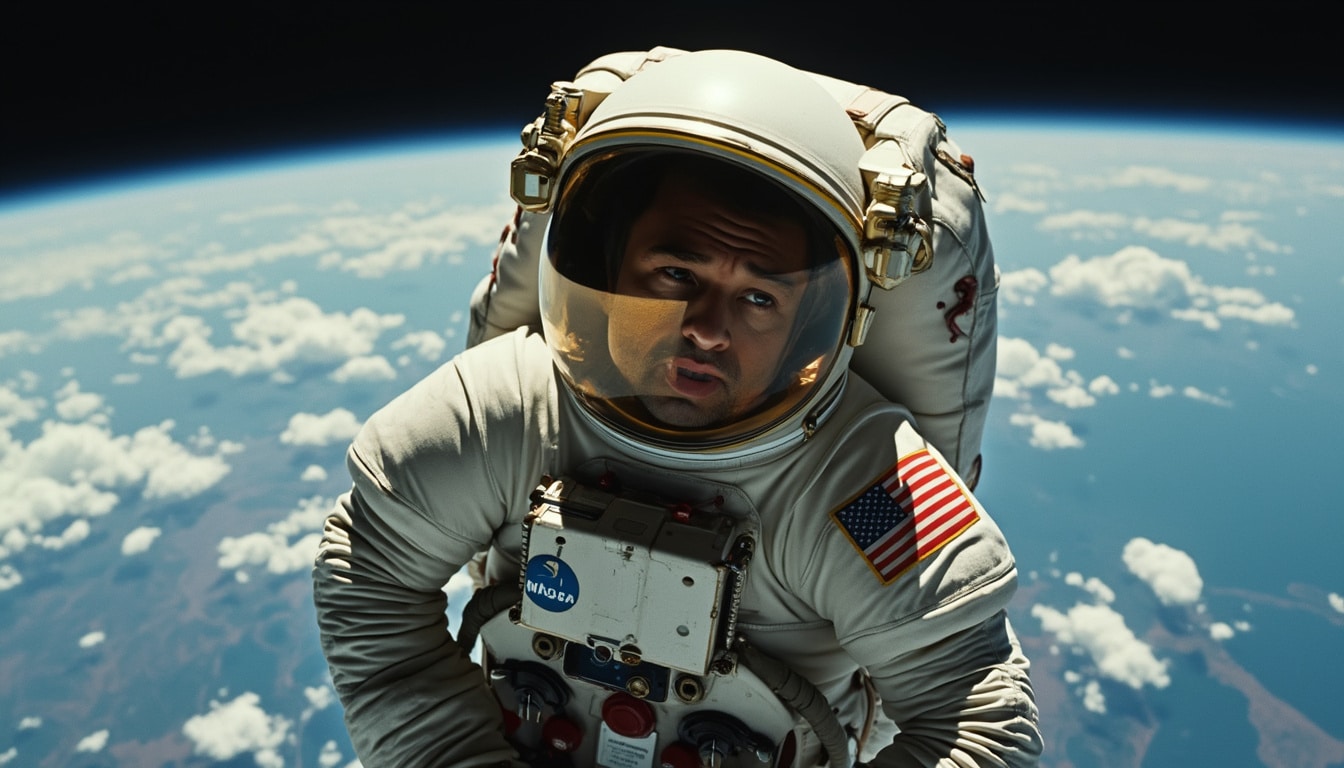The journey of NASA astronauts Butch Wilmore and Sunita Williams aboard the International Space Station (ISS) was initially scheduled to last for eight days. However, due to unforeseen technical challenges, their stay extended beyond nine months. As the astronauts prepare for their return on a SpaceX Dragon capsule, questions about their compensation for this extended mission have sparked significant interest. How much will they earn for their time spent in space? This article delves into the intricacies of NASA’s pay structure for astronauts, particularly focusing on the implications of their prolonged stay in the cosmos.
A key aspect of understanding astronaut salaries lies in recognizing that they are federal employees. Their time in space is treated similarly to a regular work assignment on Earth, indicating that NASA does not offer direct overtime compensation for time spent on missions. Instead, astronauts like Williams and Wilmore continue receiving their standard salaries, accompanied by a small daily stipend. This breakdown provides clarity on what they might expect in financial terms after their extensive mission.
The Basics of Astronaut Compensation
It’s essential to comprehend how NASA structures compensation for its astronauts. With Butch Wilmore and Sunita Williams classified under the GS-15 pay grade, the top tier in the General Schedule (GS) for federal employees, their annual earnings fall between $125,133 and $162,672. This figure highlights the premium attached to this profession, reflecting the rigorous training and expertise required to serve in such a demanding role.

Federal Pay Structure Explained
The GS-15 pay scale is designed to compensate employees based on their experience and the responsibilities inherent in their roles. For astronauts like Williams and Wilmore, this means regular reviews and adjustments can occur based on the duration of their missions and duties performed while in space. Understanding this federal pay structure is imperative for grasping the nuances of how much astronauts can expect to earn during and after their missions.
Normal Salaries vs. Extended Missions
During their extensive occupancy aboard the ISS, the salaries of both Williams and Wilmore will be prorated based on the duration of their mission. For their nine-month stint, they could earn anywhere from $93,850 to $122,004, assuming all else remains constant. It is crucial to highlight that this estimation does not account for special conditions or extended duties that might necessitate additional compensation.
A critical takeaway is that, while they receive their base salary, their extended mission does not automatically correlate with an increase or bonus in terms of their paychecks. NASA’s policy regarding astronaut compensation clearly indicates that time spent performing duties in space is treated identically to time spent performing duties on the ground.
The Daily Stipend: What Does It Cover?
While their base salaries offer a solid compensation foundation, astronauts receive a meager daily stipend designed to cover incidental costs incurred while living in space. This supplemental payment, set at $4 per day, may seem insignificant given the extreme conditions faced by astronauts. However, it is intended to offset small expenses that might arise during their missions.

Understanding Incidental Expenses in Space
This stipend may not cover the full range of expenses, given that astronauts must adapt to a completely different living environment. From food to personal items, astronauts require a unique assortment of resources while on missions. As reported, retired astronaut Cady Coleman highlighted how, during her own approximately 159-day mission, she earned around $636 (more than Rs 55,000) in incidental expenses. Williams and Wilmore, given their extended stay, can expect a similar total, rounding up to approximately $1,148, accounting for the additional days they spent orbiting Earth.
The Impact of Prolonged Space Stay
The most notable feature of their mission extends beyond salary discussions; it also includes the unique challenges posed by extended stays in space. NASA explorers face various difficulties, from the psychological effects of isolation to the physical strains of microgravity conditions. Working amidst these challenges, astronauts contribute significantly to ongoing scientific research and operations within the ISS, underscoring the value of their mission beyond financial considerations.
A Look at NASA’s Policies on Overtime and Extended Pay
Navigating the intricacies of NASA’s policies is essential for a holistic understanding of astronaut compensation. Unlike many professions where overtime pay exists, NASA explicitly states that no extra monetary compensation is provided for time spent on missions beyond standard duties. This policy can generate curiosity around how astronauts are compensated during unforeseen circumstances, such as the situation faced by Williams and Wilmore.
Retrospective Insights from Former Astronauts
Insights from former astronauts, such as Cady Coleman, reveal a wealth of knowledge on how compensation operates within NASA. Coleman elaborated on the implications of being a federal employee on a prolonged mission, emphasizing the importance of their work as part of ongoing research and the organizational mission beyond monetary rewards. The current narrative surrounding Williams and Wilmore’s extended stay provides an opportunity to reflect on how evolving missions impact retrospective salary discussions and policies.
Preparing for the Return to Earth
As Williams and Wilmore prepare for their anticipated return journey to Earth, the sentiments surrounding their mission linger. Initial plans surrounding their return encountered various delays associated with the Boeing Starliner spacecraft, yet the successful launch of a SpaceX Falcon 9 rocket indicates that the astronauts’ time in space is nearing its completion.
At the heart of the discussions surrounding their compensation, the engagement in ongoing scientific research and advancements has proved invaluable. This backdrop emphasizes that beyond salary considerations, NASA’s commitment to fostering innovation in space travel, alongside partnerships with organizations like Lockheed Martin, Blue Origin, and Virgin Galactic, will chart the future of human exploration.
A Comprehensive Salary Breakdown for Sunita Williams and Butch Wilmore
A summarized overview of the estimated earnings for astronauts based on their extended mission provides clarity and transparency. This dialogue about financial aspects is pivotal for understanding how astronauts navigate the complexities of their work-life balance in space.
| Description | Amount ($) |
|---|---|
| Base Annual Salary (GS-15) | $125,133 – $162,672 |
| Prorated Salary for 9 months | $93,850 – $122,004 |
| Incidental Pay | $1,148 |
| Total Estimated Earnings | $94,998 – $123,152 |
The detailed financial breakdown emphasizes that astronaut compensation does not substantially deviate due to extraordinary mission conditions. The conversation surrounding Sunita Williams’ total earnings resonates with many aspiring astronauts, showcasing the broader context of space exploration beyond simply financial incentives.
As humanity continues to push boundaries in space travel with significant developments from agencies such as Rocket Lab and Axiom Space, understanding the pay structures for astronauts serves as a stepping stone for future advancements in the field. The challenges faced by astronauts, as outlined in their upcoming mission debriefs, will continue to shape policy and compensation discussions.
In the cosmic theater of NASA missions, it is essential to recognize that while salaries and compensation serve as functional aspects of an astronaut’s career, their contributions transcend monetary evaluations. The ongoing journey of exploration is defined by a legacy of commitment, fortitude, and a drive for discovery that goes beyond just the paycheck.




Leave a Reply